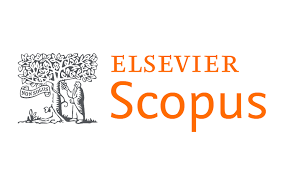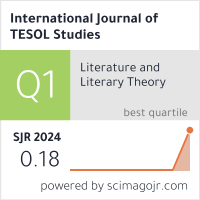2632-6779 (Print)
2633-6898 (Online)


Scopus
Ulrich’s Periodicals Directory (ProQuest)
MLA International Bibliography
MLA Directory of Periodicals
Directory of Open Access Journals (DOAJ)
QOAM (Quality Open Access Market)
British National Bibliography
WAC Clearinghouse Journal Listings
EBSCO Education
ICI Journals Master List
ERIH PLUS
CNKI Scholar
Gale-Cengage
WorldCat
Crossref
Baidu Scholar
British Library
J-Gate
ROAD
BASE
Publons
Google Scholar
Semantic Scholar
ORE Directory
TIRF
China National Center for Philosophy and Social Sciences Documentation
Grisel Sonia Salmaso
Universidad Nacional de Cuyo, Argentina
Abstract
This article is framed in a research project called “Literature from a linguistic perspective: modelling and teaching of literary narrative genres and response genres” carried out within the framework of Systemic Functional Linguistics (SFL). One of the aims of this project is to create a model of the generic macro-structure of the literary macro-genre short story to be used for teaching purposes. This model is developed on the basis of the existent categories of personal narratives (Plum 2004; Martin and Rose 2008; Salmaso 2014, 2017, 2021) and fairy tales (Hasan 1997) in SFL. This article presents the results of a qualitative analysis of the generic macro-structure of six short stories. It provides a generic macro-structure potential for literary macro-genre short story, the elementary genres that are inserted in the constituents of this macro-genre and the reasons why such genres are inserted where they are. This article also presents a series of activities based on the generic macro-structure potential of short stories proposed, which provide a more objective tool for the analysis and comprehension of certain aspects of this macro-genre, like its organisation into different constituents, their purpose and their contribution to the overall purpose of the macro-genre, showing that systematic analysis of this genre can foster students' reading comprehension. This paper is expected to make, on the one hand, a theoretical contribution to SFL through an initial modelling of the macro-genre short story and, on the other hand, a practical contribution to the teaching of English through literature.
Keywords
Modelling of the generic macro-structure of short stories, microgenre and elementary genres, generic macro-structure potential, Systemic Functional Linguistics